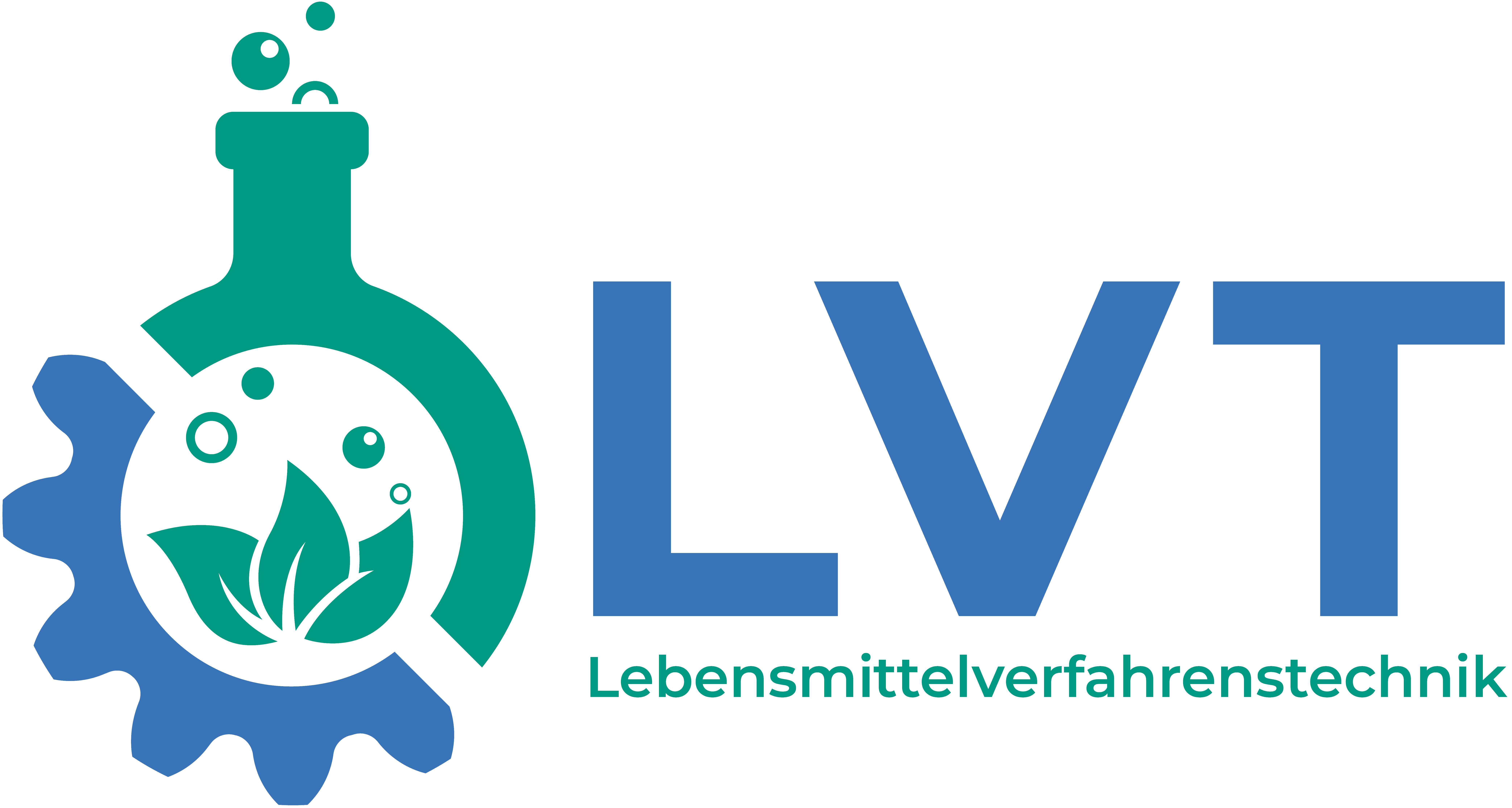AiF 20218 N: Protein-rich pectins - Elucidation of the functional relationship between extraction conditions, molecular structure and colloidal/emulsifying properties
- contact:
- funding:
AiF, FEI
- startdate:
2018
- enddate:
2021
Brief project description
Project description
Many food products are emulsions and need to be stabilized by using emulsifiers and stabilizers. However, animal proteins that are frequently used as emulsifiers have a low consumer acceptance and fail to stabilize emulsions under certain con-ditions. It has already been demonstrated that artificially produced protein-polysaccharide conjugates or natural glycoproteins have excellent emulsion stabiliz-ing properties. For example, gum arabic is mainly based on glycoproteins, but this usually imported food additive suffers from stability of supply and comparably high prices. Thus, there is a need of alternative emulsifying agents. In previous studies it has been demonstrated that pectins with elevated protein contents yield similar or better emulsifying properties than gum arabic. In addition, pectins generally have a good consumer acceptance and are highly abundant in many plant cell walls. The structure of these complex polysaccharides, which is mainly determined by the ex-traction process, greatly affects the emulsifying properties. Therefore, the aim of this project is to develop methods for the extraction of protein-rich pectins from sugar-beet pulp and grape pomace as locally available, underutilized industrial by-products. The extraction of pectins from the plant materials is carried out by using different extractans (hydrochloric acid, citric acid) with and without enzymatic hy-drolysis. Subsequently, the structural and emulsifying properties of the extracted pectins are characterized to establish process-structure and structure-function rela-tionships. Based on the obtained results, the extraction procedure is selectively modified to extract protein-rich pectins with optimized emulsifying properties. After characterization of the extracted pectins, their applicability is evaluated by using dif-ferent model food systems. Establishing protein-rich pectins as highly effective emulsifying agents will contribute to satisfy the demand for “natural” and locally pro-duced ingredients. This will support food and beverage companies in their efforts to develop well-accepted and innovative products. In addition, pectin manufacturers and producers of the industrial by-products will greatly benefit from the results of this project.
The short description can be found here.
Project report
A short report of the project can be found here.

